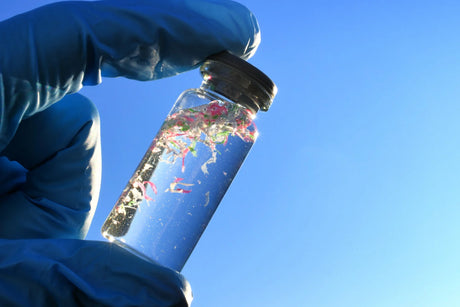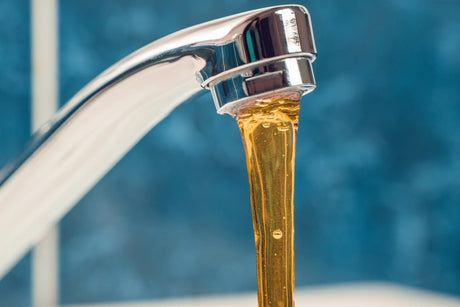Automatic Shut-off Valve for Reverse Osmosis Systems
Automatic Shut-off Valve for Reverse Osmosis Systems. Push-in 1/4″ quick-connect fittings. Made in USA
Automatic Shut-off Valve for Reverse Osmosis Systems is backordered and will ship as soon as it is back in stock.
Need Help?
If you have questions about the best way to solve your water problems, please get in touch.
Fast Delivery
We ship orders quickly from our location in Arizona and most arrive within 2 - 5 business days
Fulfilling Your Filtration Priorities










